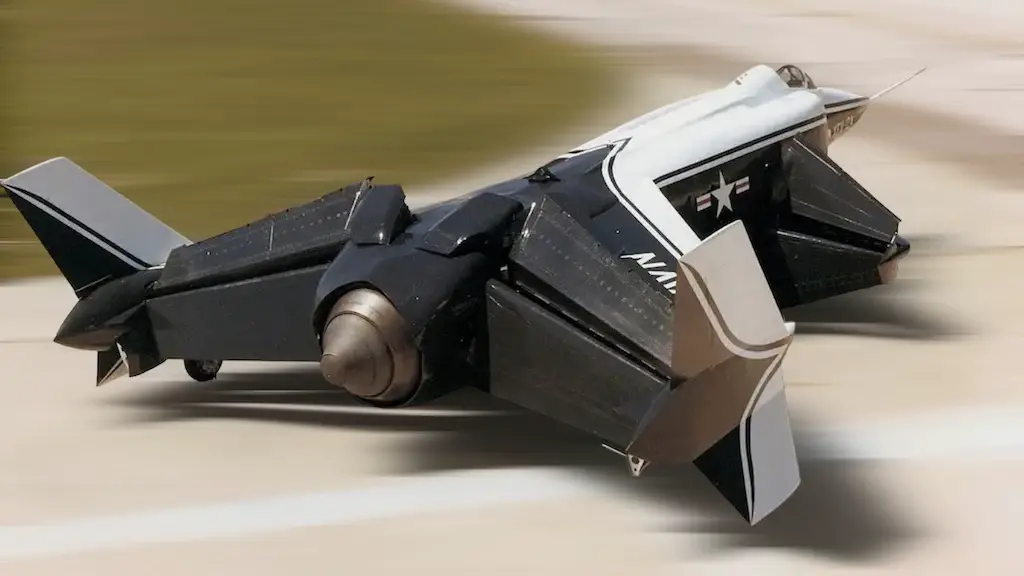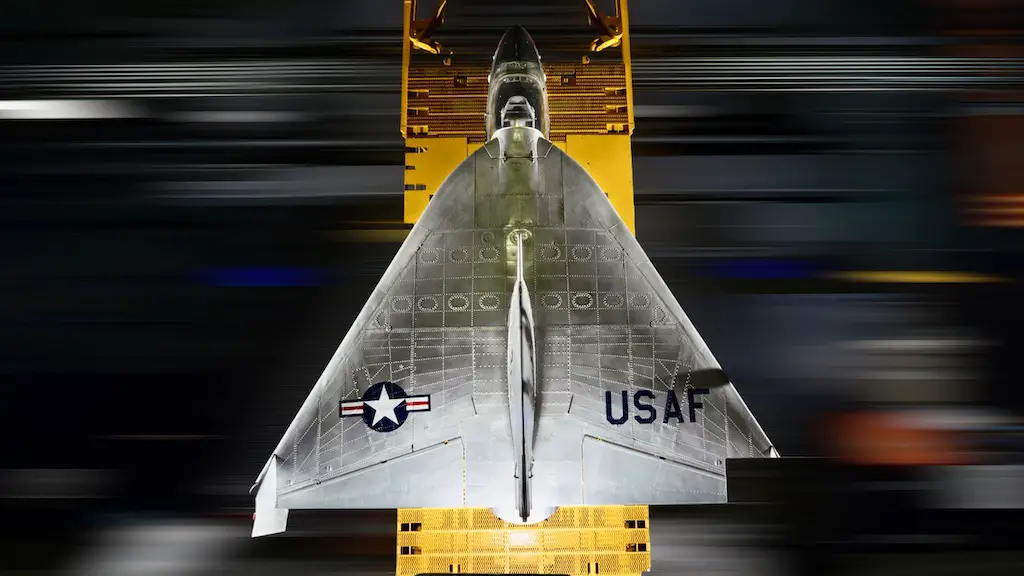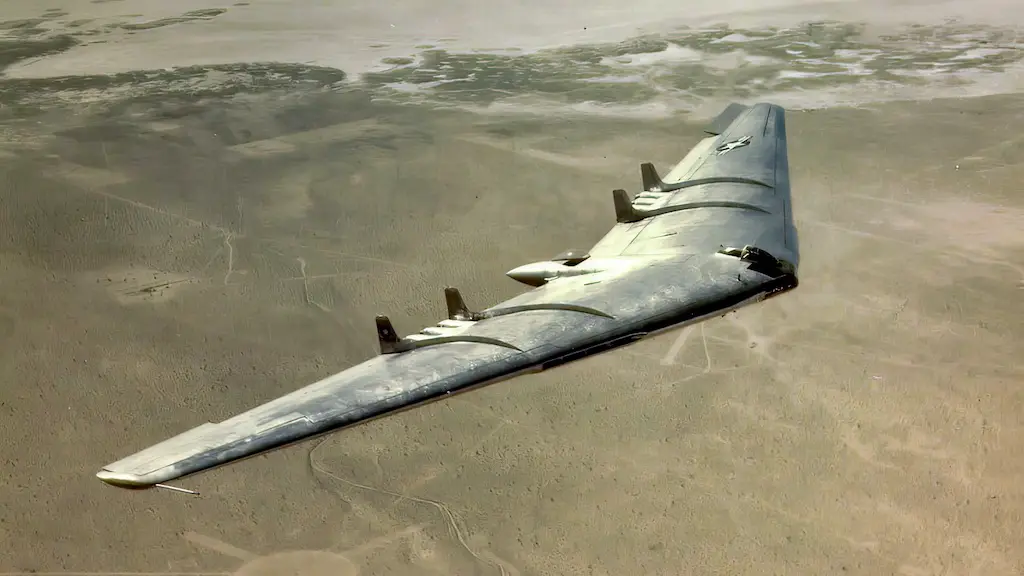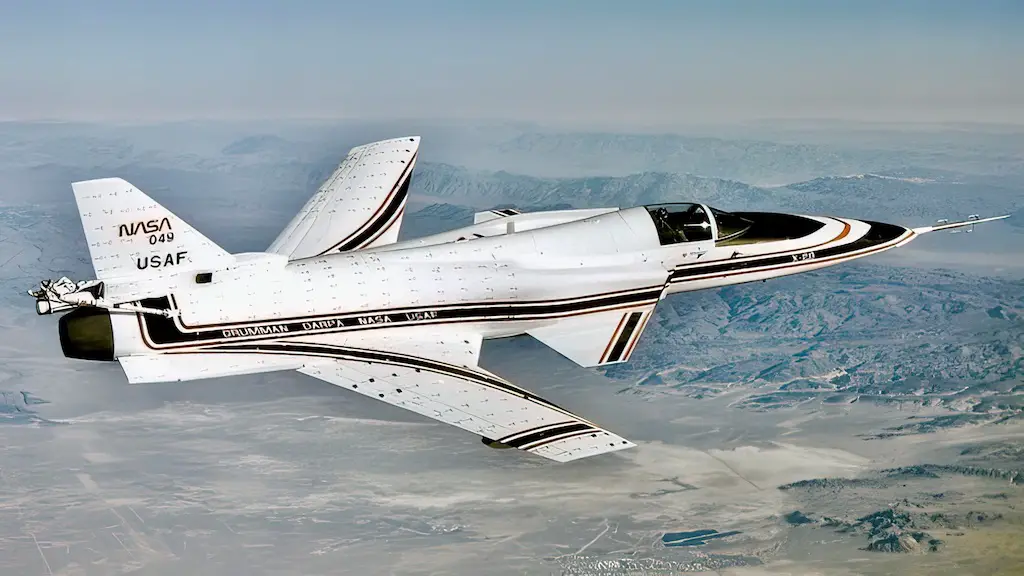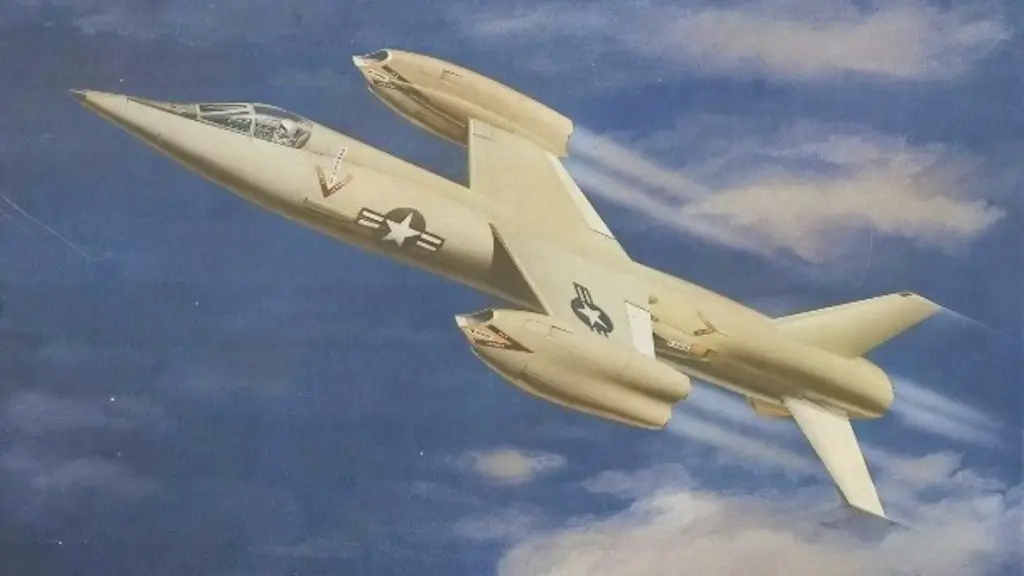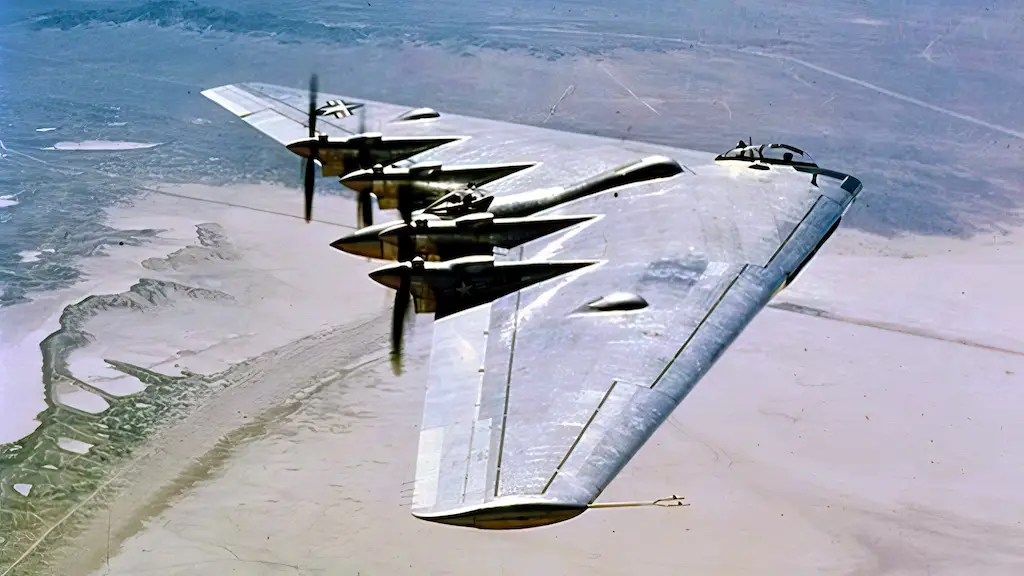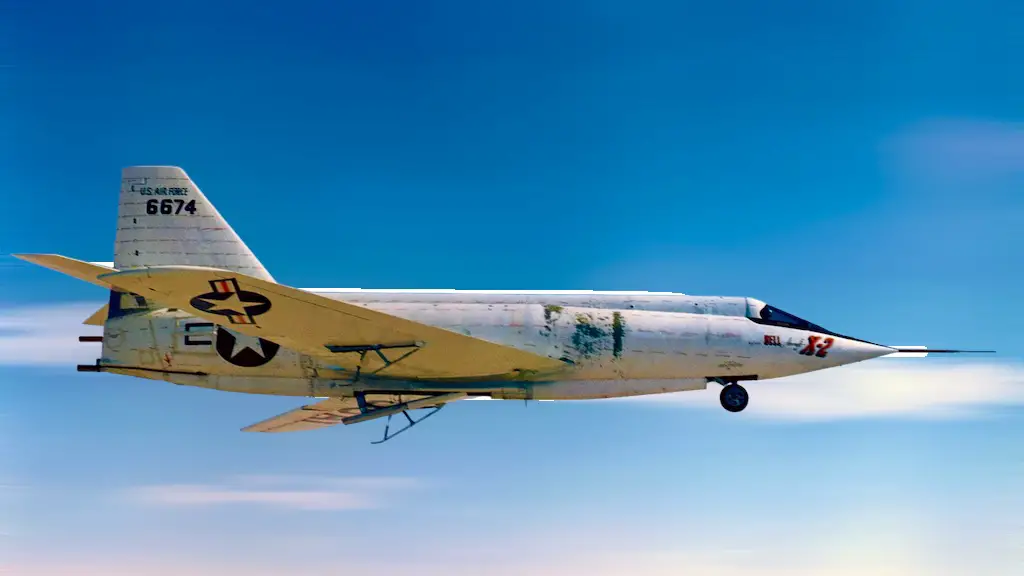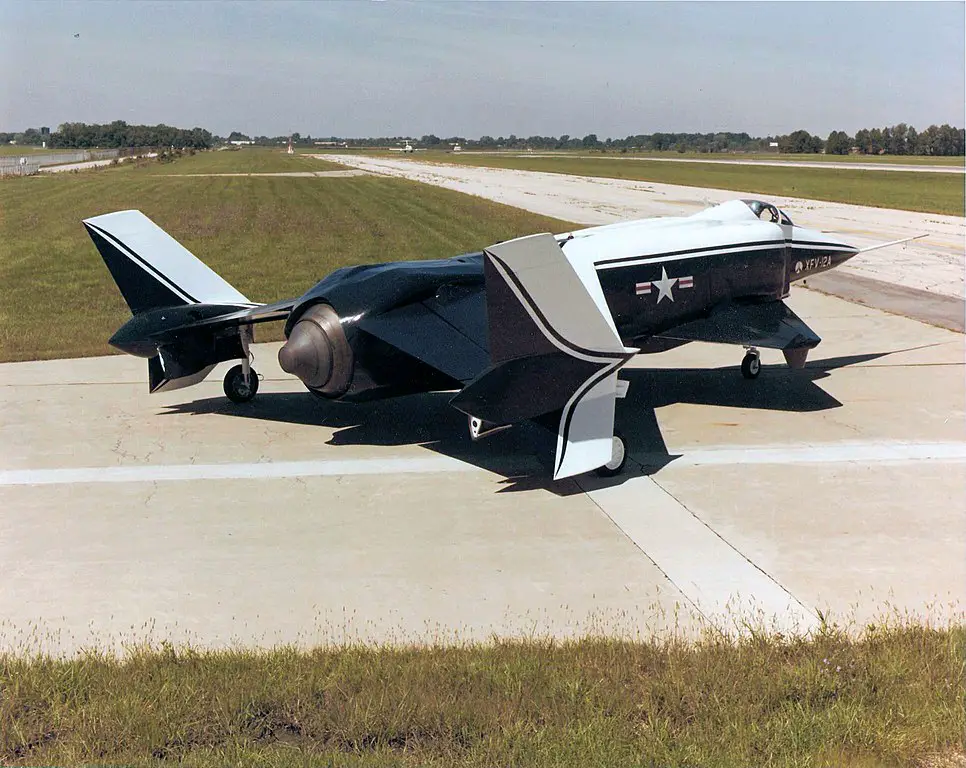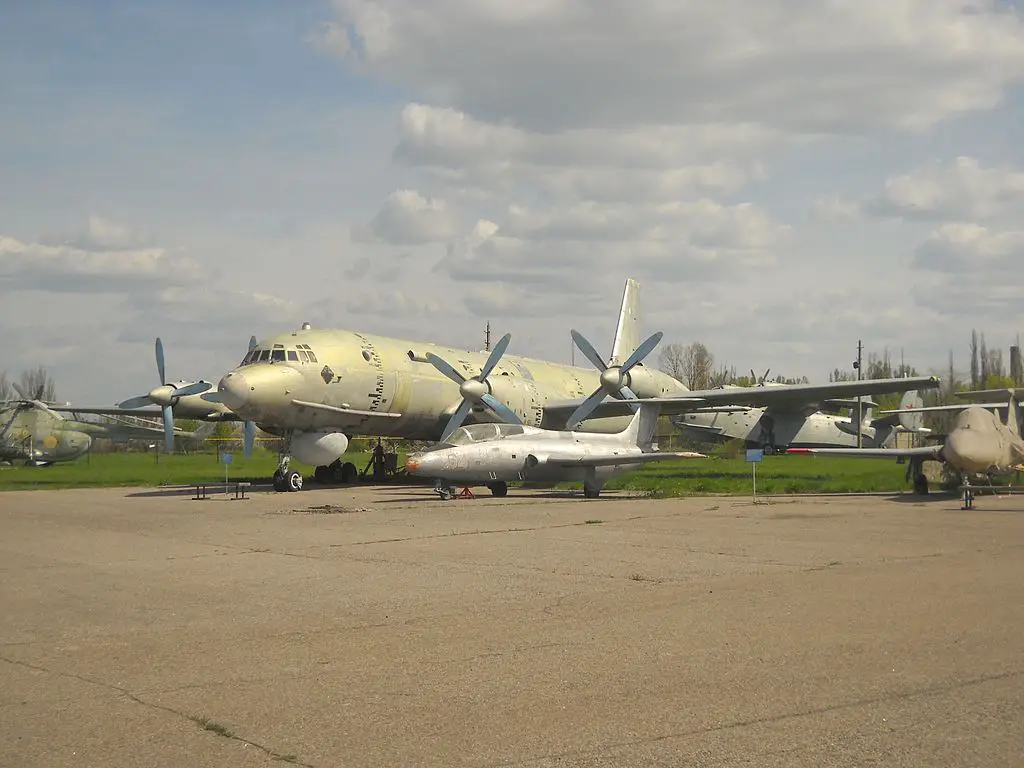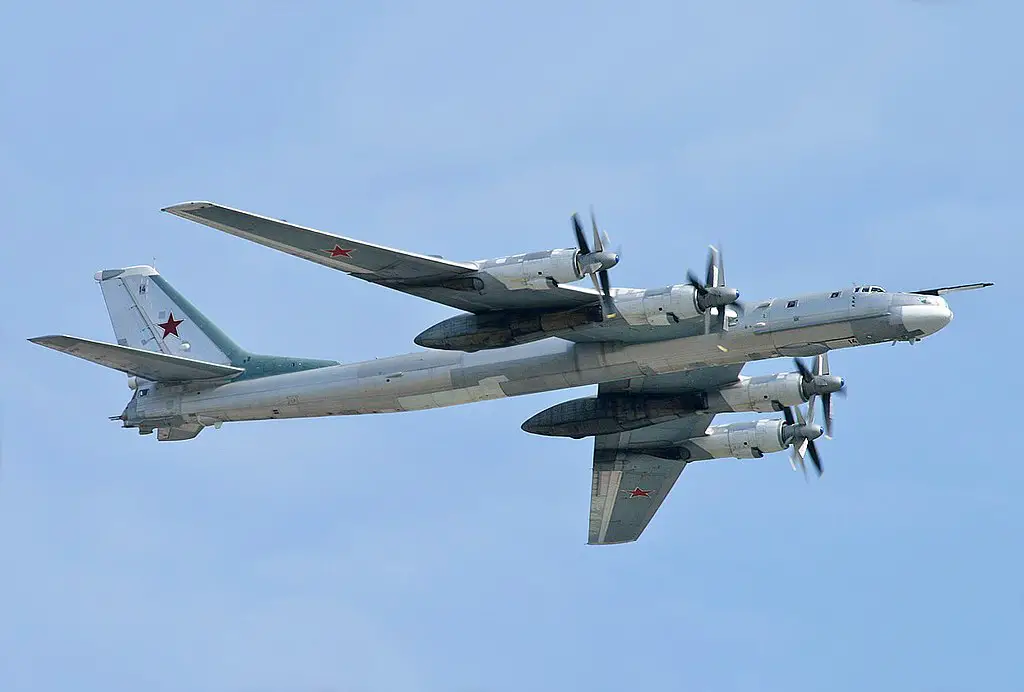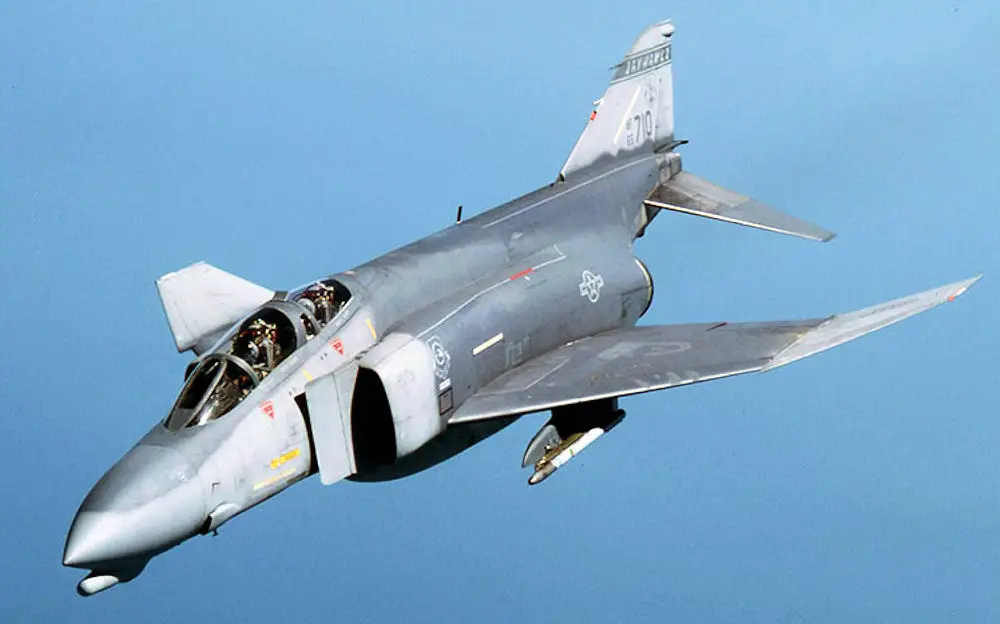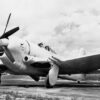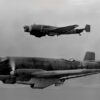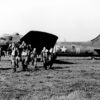Its 1977 and its Star Wars fever. Everyone started designing aircraft to look more space age and few get much closer to an alien looking spacecraft than the XFV-12. So with that in mind Rockwell International decided to build a prototype supersonic fighter for the US Navy.
It was a crazy attempt to design an aircraft which combined Mach 2 speed and AIM-7 Sparrow armament of the McDonnell Douglas F-4 Phantom II in a VTOL (vertical takeoff and landing) fighter for the small Sea Control Ship which was under study at the time. However, XFV-12’s story vividly shows that not everything that looks brilliant on the drawing board will work in the real world. This was certainly the case with this space age looking aircraft.
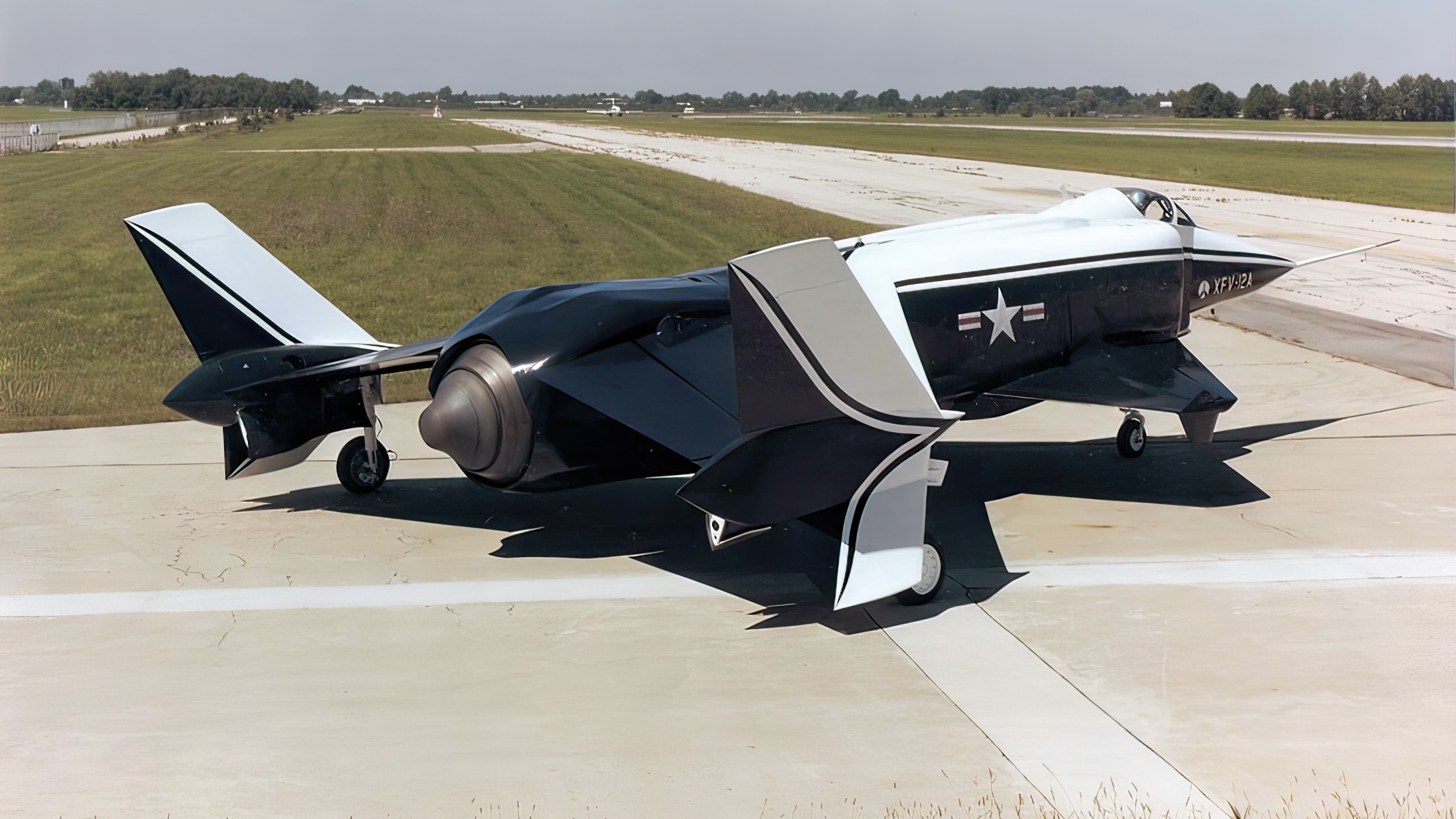
Sea Control Ship
In the early 1970s the Navy came up with an idea of the so-called Sea Control Ship (SCS). These ships would essentially be light aircraft carriers. Intended for escort missions, anti-submarine warfare, and interception of hostile aircraft, they would host a fleet of helicopters and fixed-wing VTOL aircraft. The task of intercepting Soviet maritime patrol and targeting aircraft, such as the Ilyushin Il-38 May and Tupolev Tu-95 Bear, required SCS to carry high-performance supersonic fighters.
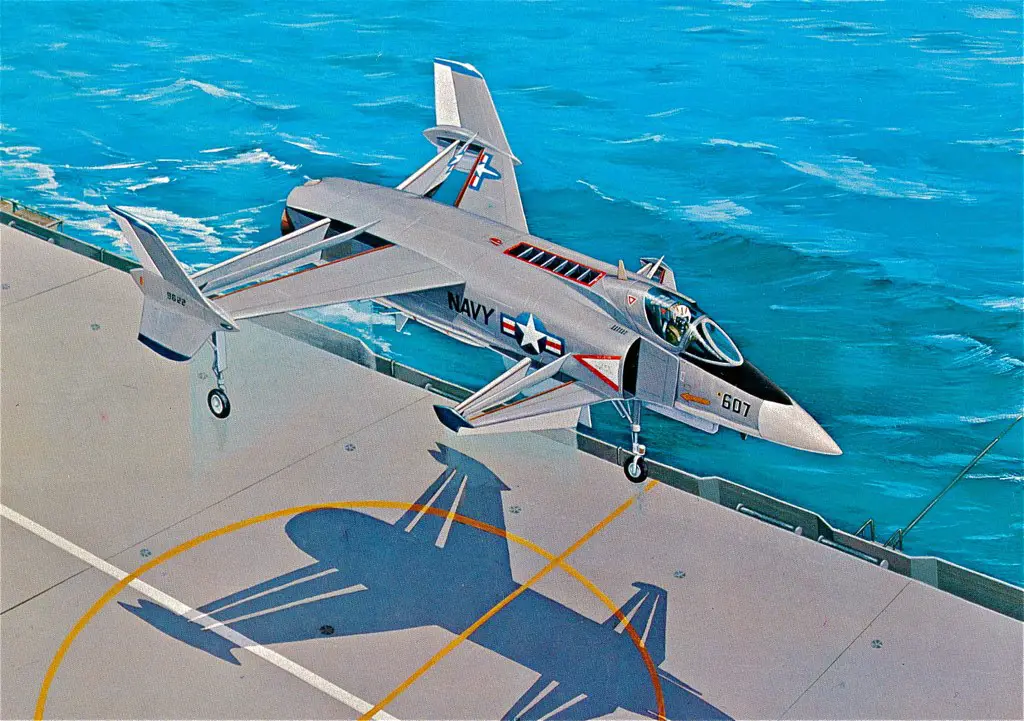
So, if the Navy was to realize the SCS concept, it needed to develop and field a V/STOL supersonic fighter. Although the Sea Control Ship project essentially dwindled by mid-1970s, one of the aircraft concepts proposed for it, Rockwell XFV-12, actually materialized into a prototype. It looked so tempting on paper that Navy couldn’t help but check it out.
Thrust augmentation
The XFV-12 utilized the thrust augmented wing concept. In this arrangement the efflux of XFV-12’s single Pratt & Whitney F401-PW-400 turbofan engine producing up to 30,000 lb of thrust in afterburner was diverted to nozzles in the wings and canards.
Each wing and canard featured an ejector-flap system in which ambient air was mixed with turbine efflux in a ratio of 7:1. That was supposed to provide the necessary jet-lift for vertical takeoff. By raising the flaps progressively, the aircraft would then transition from vertical to horizontal flight.
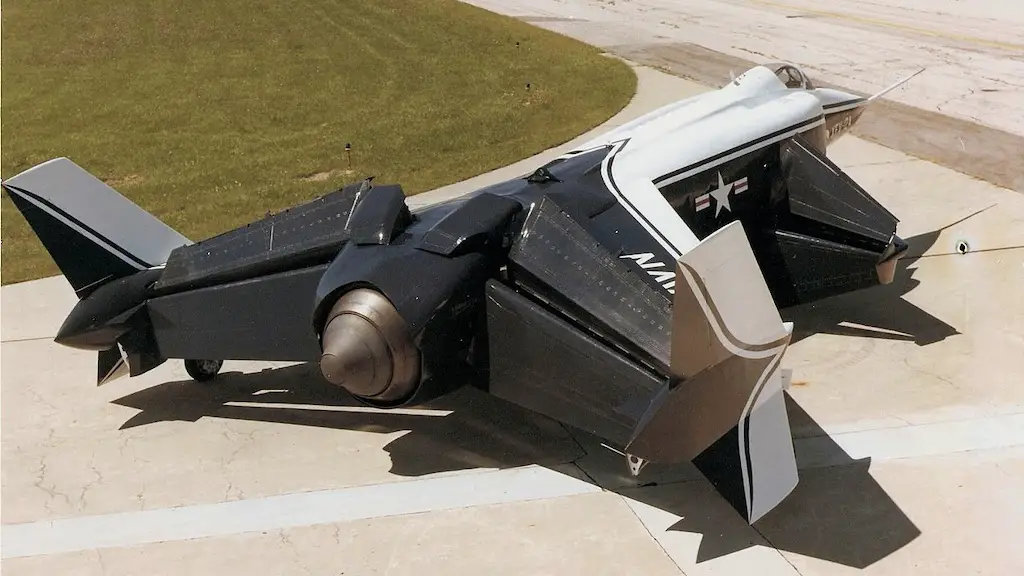
The XFV-12 didn’t have a conventional tail. Instead, it used endplates fixed to each wingtip as vertical stabilizing surfaces. It also had huge canards, almost half as big as wings. While pitch, roll, and yaw during vertical flight was controlled through ejectors, control surfaces for horizontal flight included full-span trailing-edge flaps on the wings and canards, as well as rudders on the wing tips.
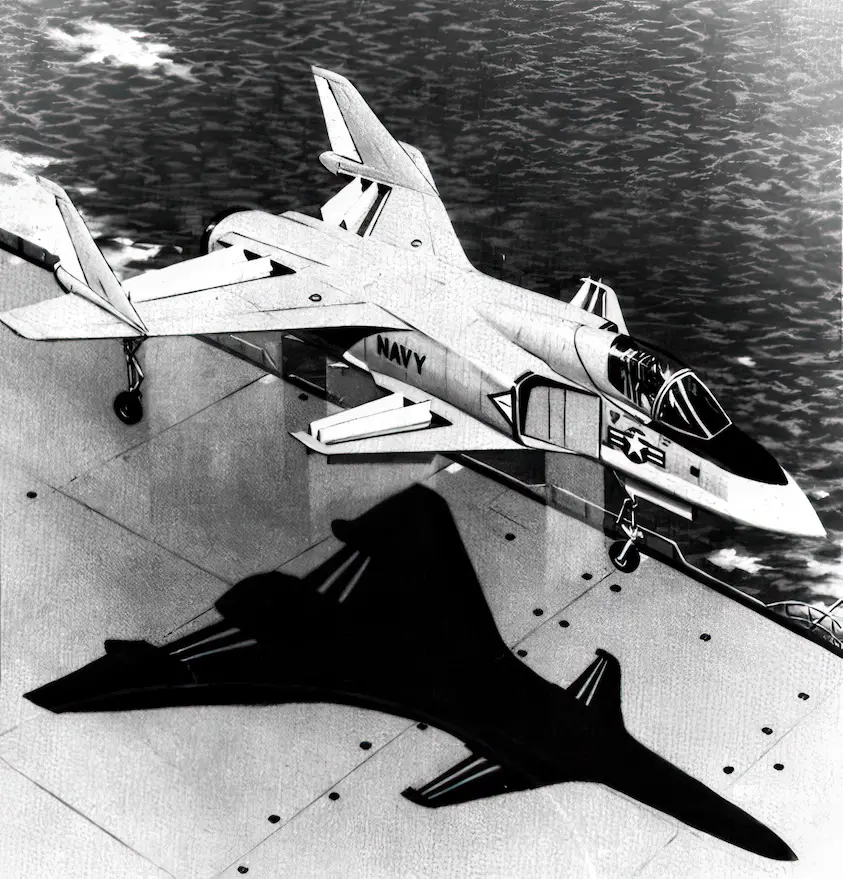
Expectations vs reality
Rockwell started ground testing of the XFV-12 in July 1977. Tethered hover tests followed the next year. They showed that the aircraft had significantly less vertical thrust than expected. While prior lab tests promised 55% thrust augmentation, real augmentation levels stood at mere 19% for the wings and just 6% for the canards.
Apparently, much of the engine thrust was lost in long and complex duct runs leading to the wings and canards. That, essentially, meant the XFV-12 didn’t have the VTOL capability, which was supposed to be its trademark.
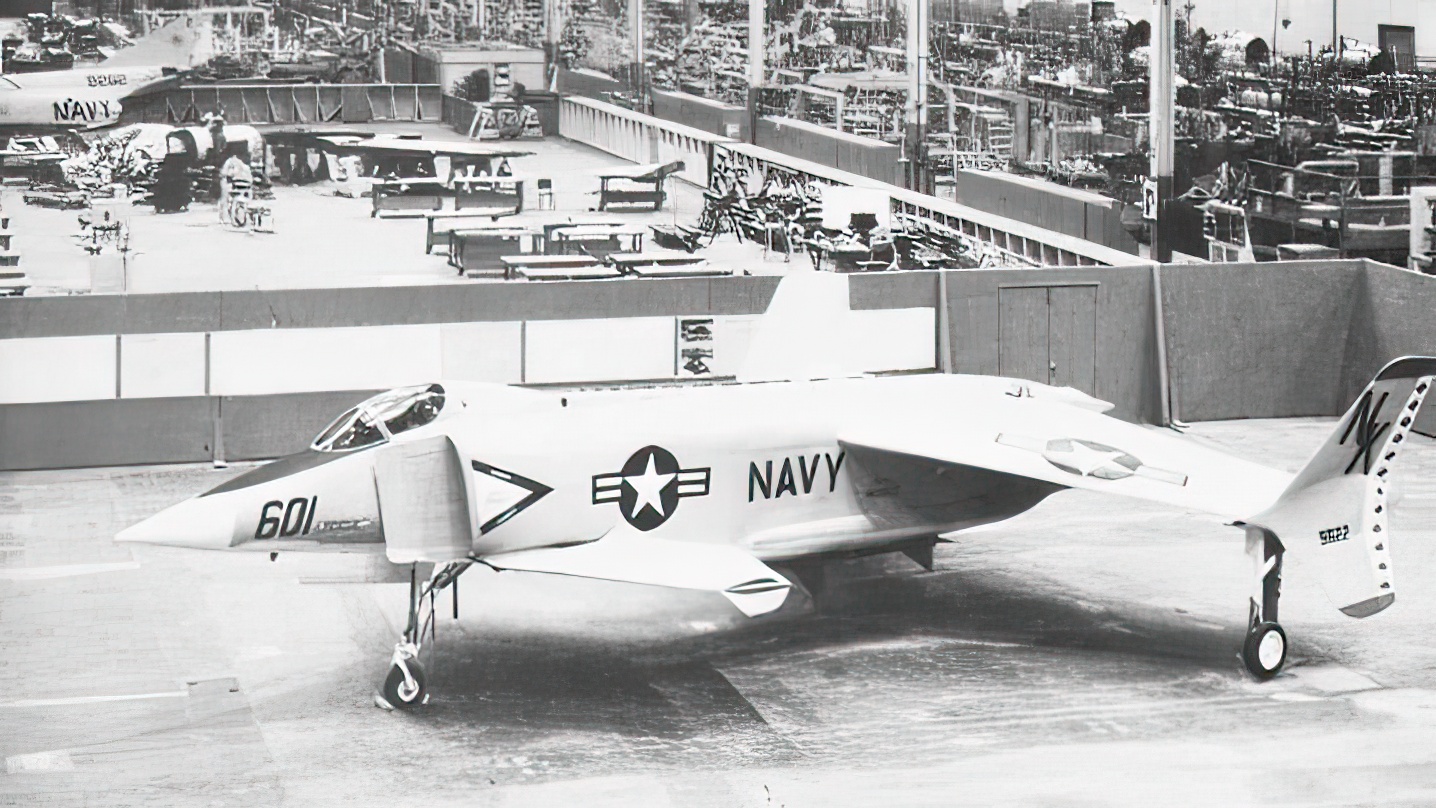
At the same time, the plane was too expensive, complex, and inefficient for use as a conventional aircraft. In particular, extensive ducting in the wings would not allow for the installation of armament hardpoints. The XFV-12 would thus be able to carry only very limited number of missiles under the fuselage.
Following program cancellation, the aircraft was disassembled and the cockpit section of the fuselage was stored at NASA’s Plum Brook Station in Sandusky, Ohio. As of May 2012, a group of high school students at the EHOVE Career Center, with guidance from NASA contractor personnel, were to restore the fuselage for use as a museum display.

